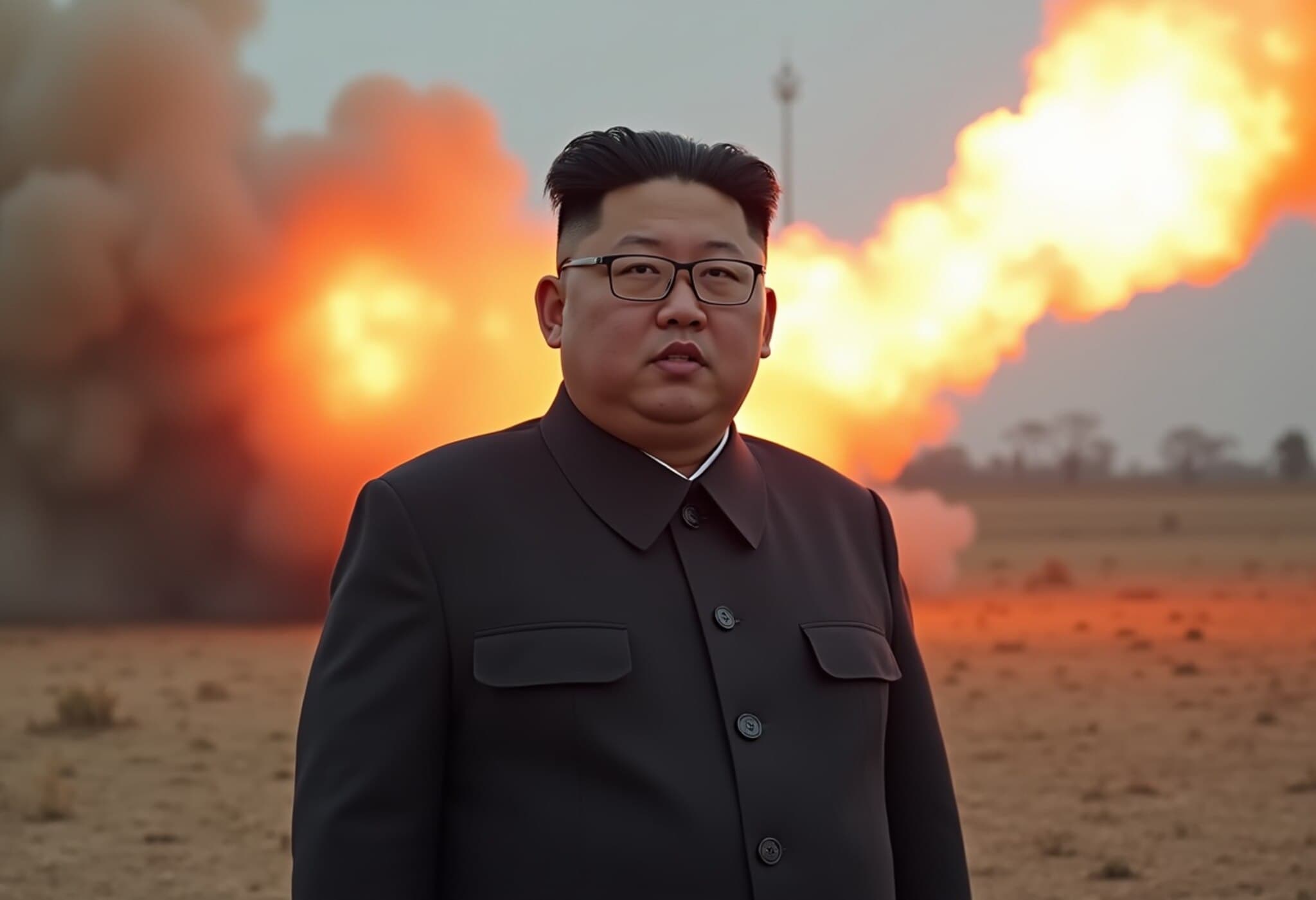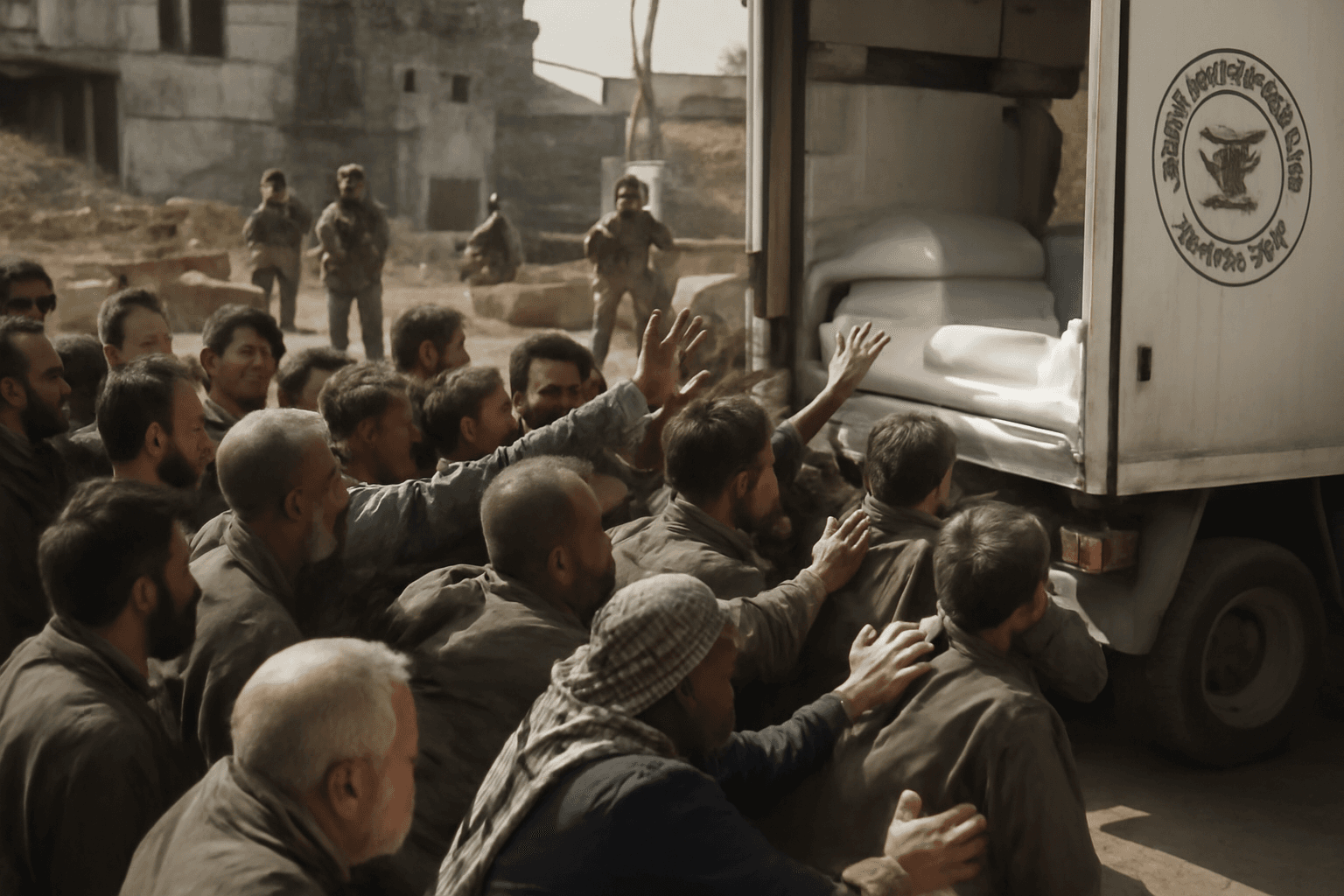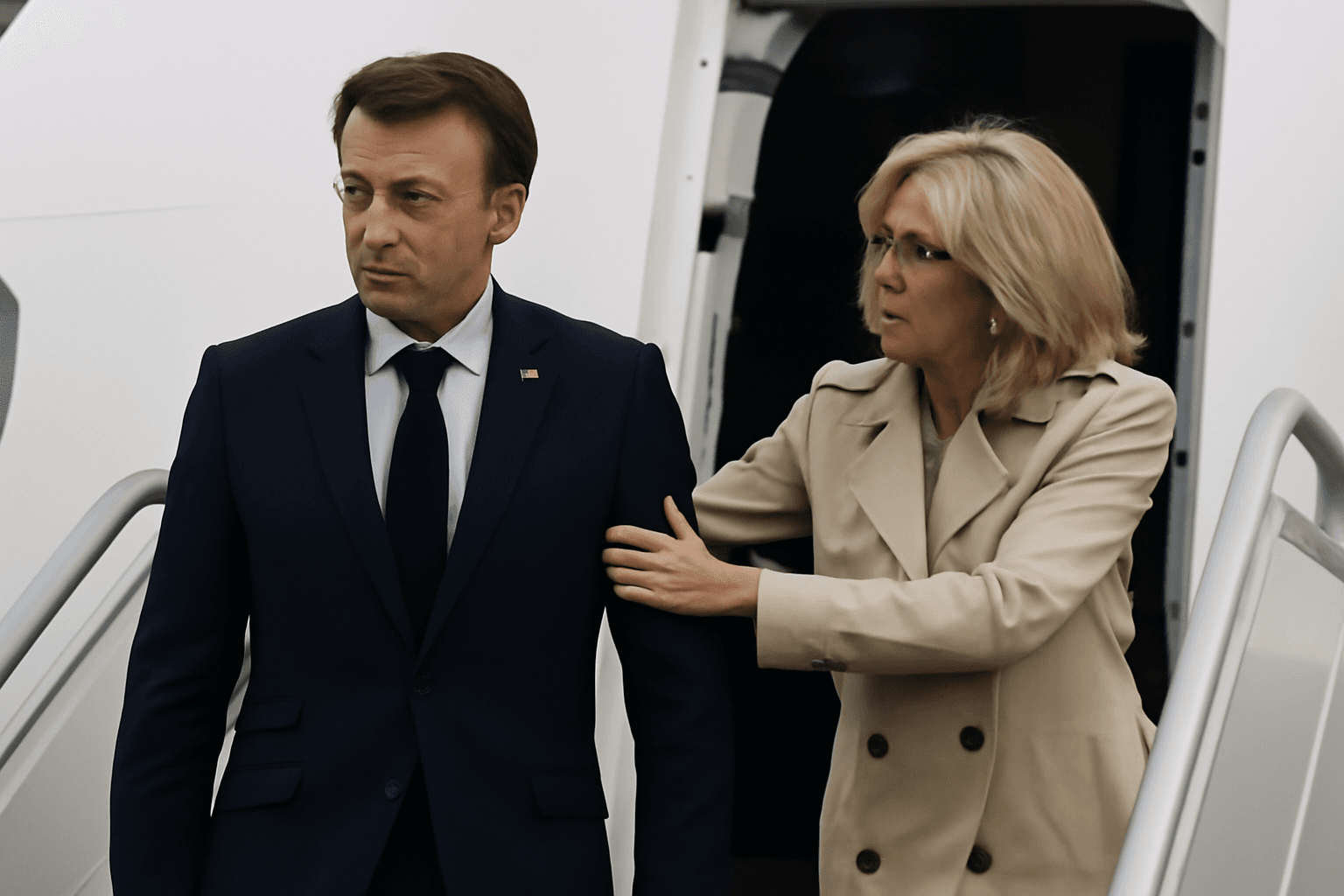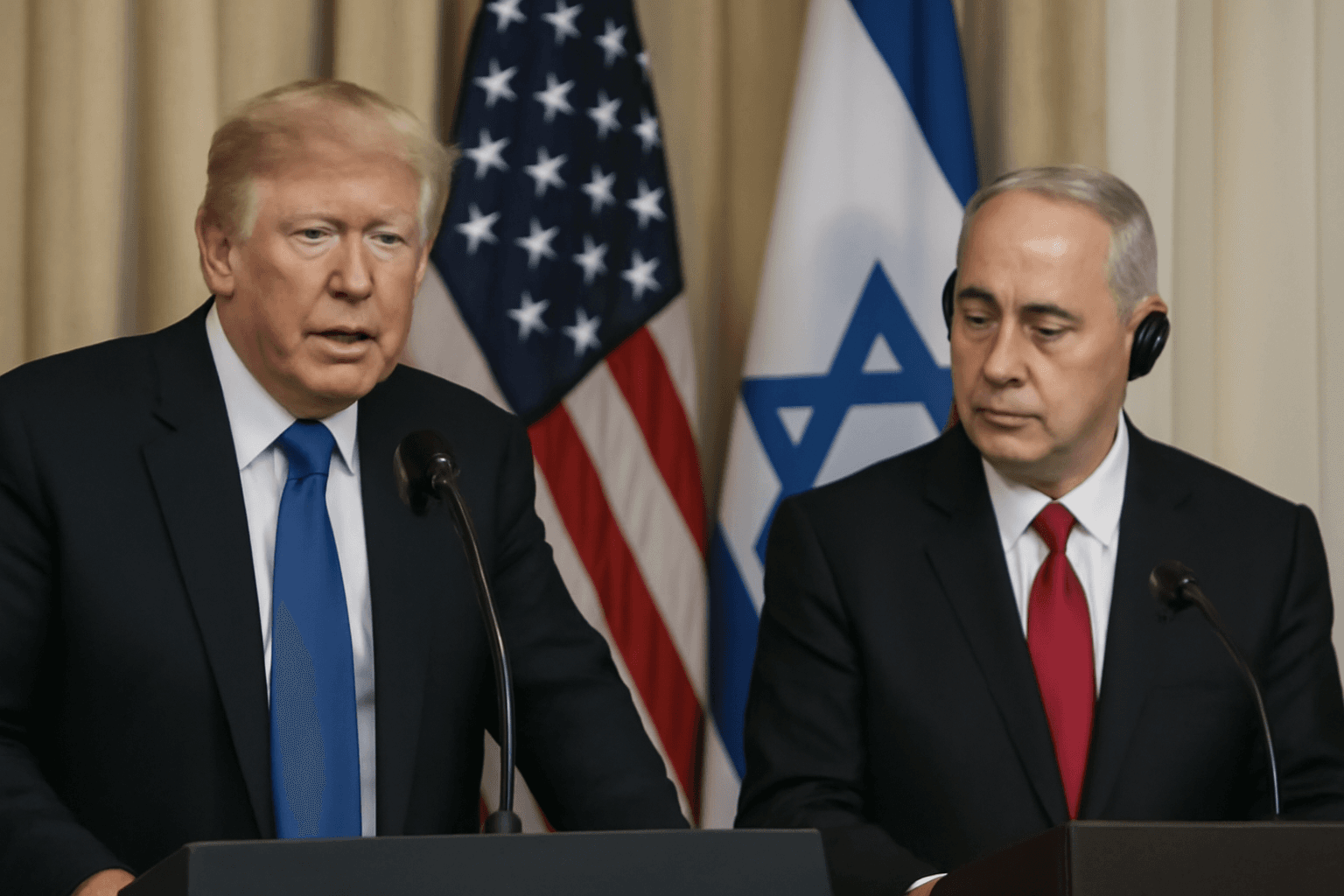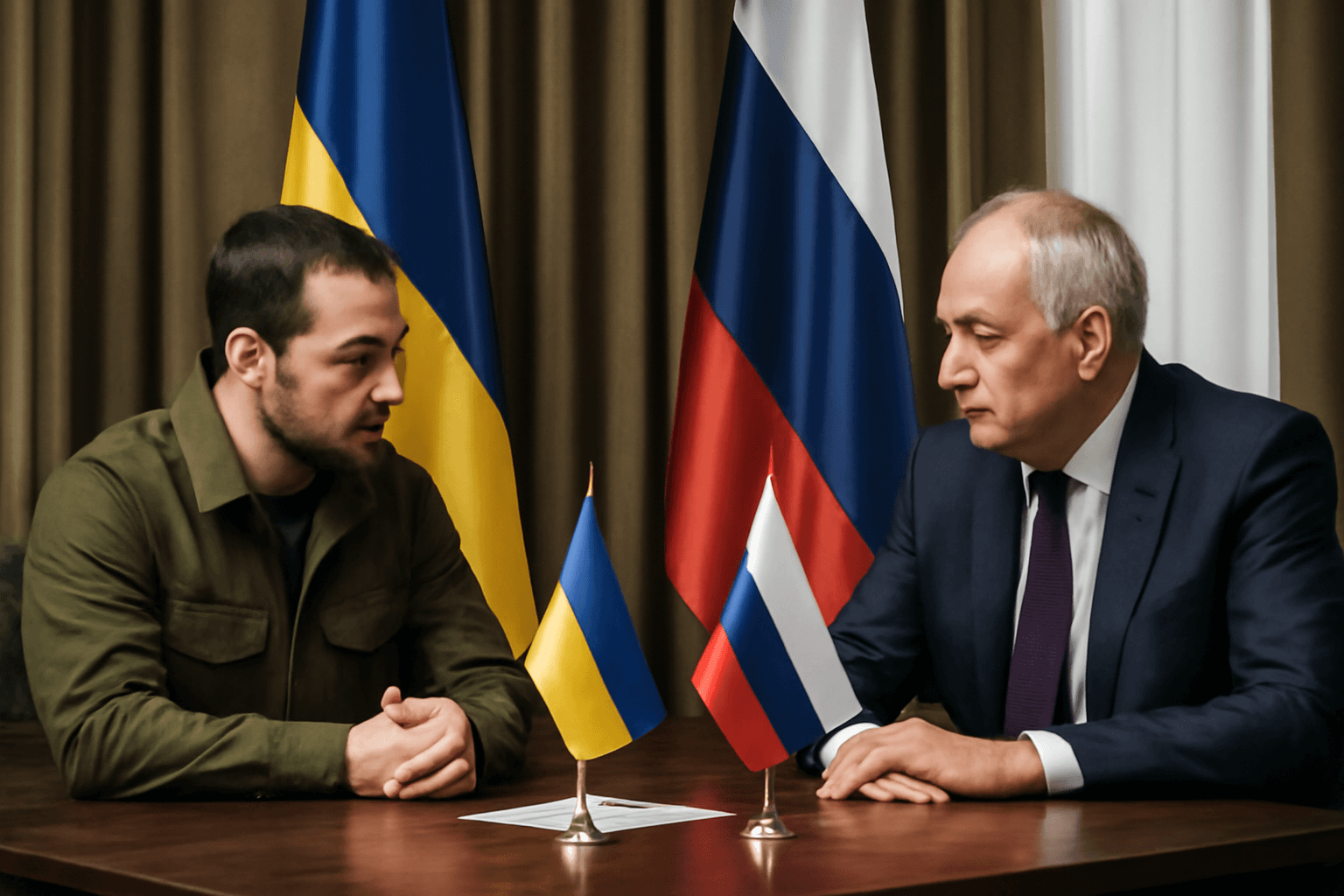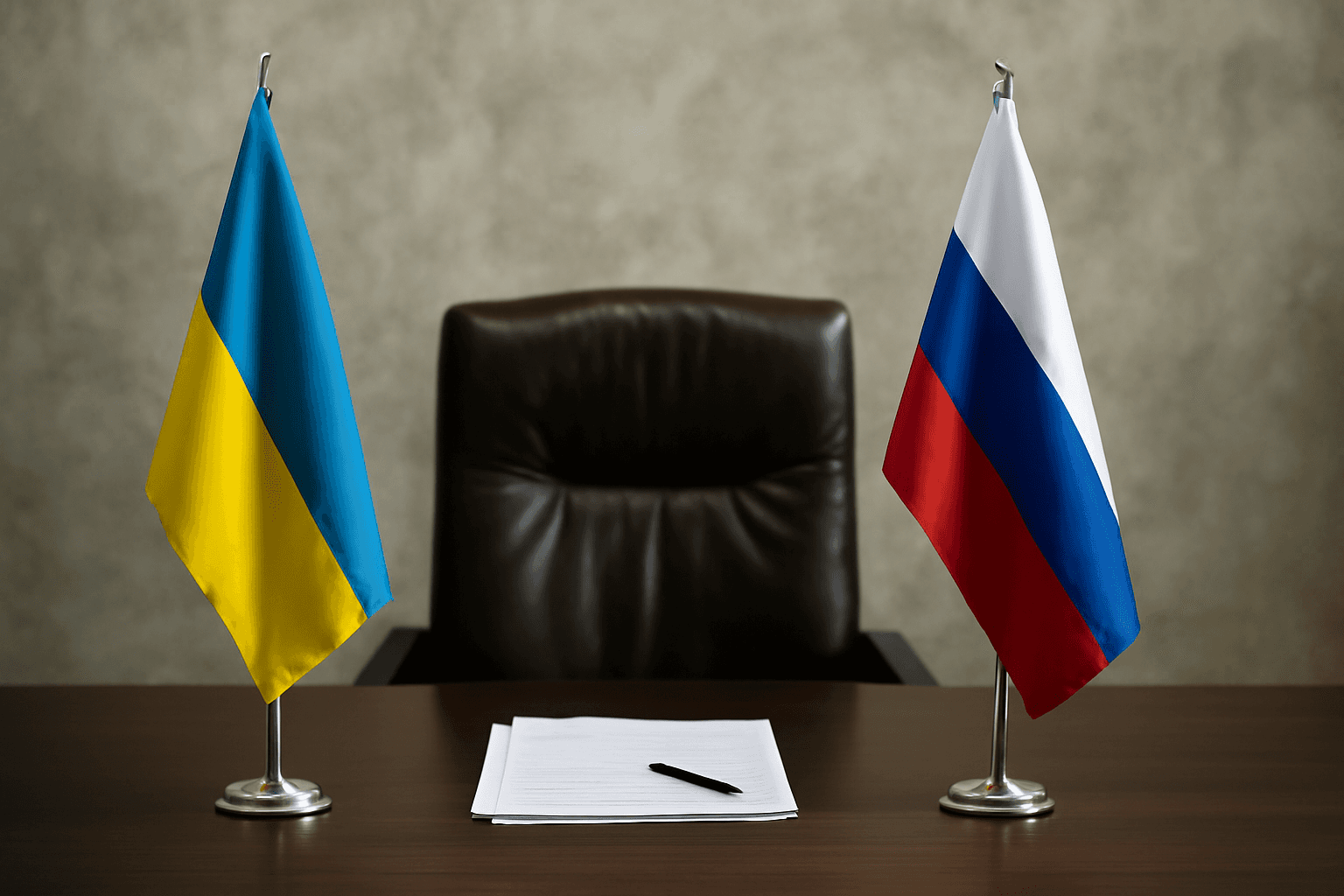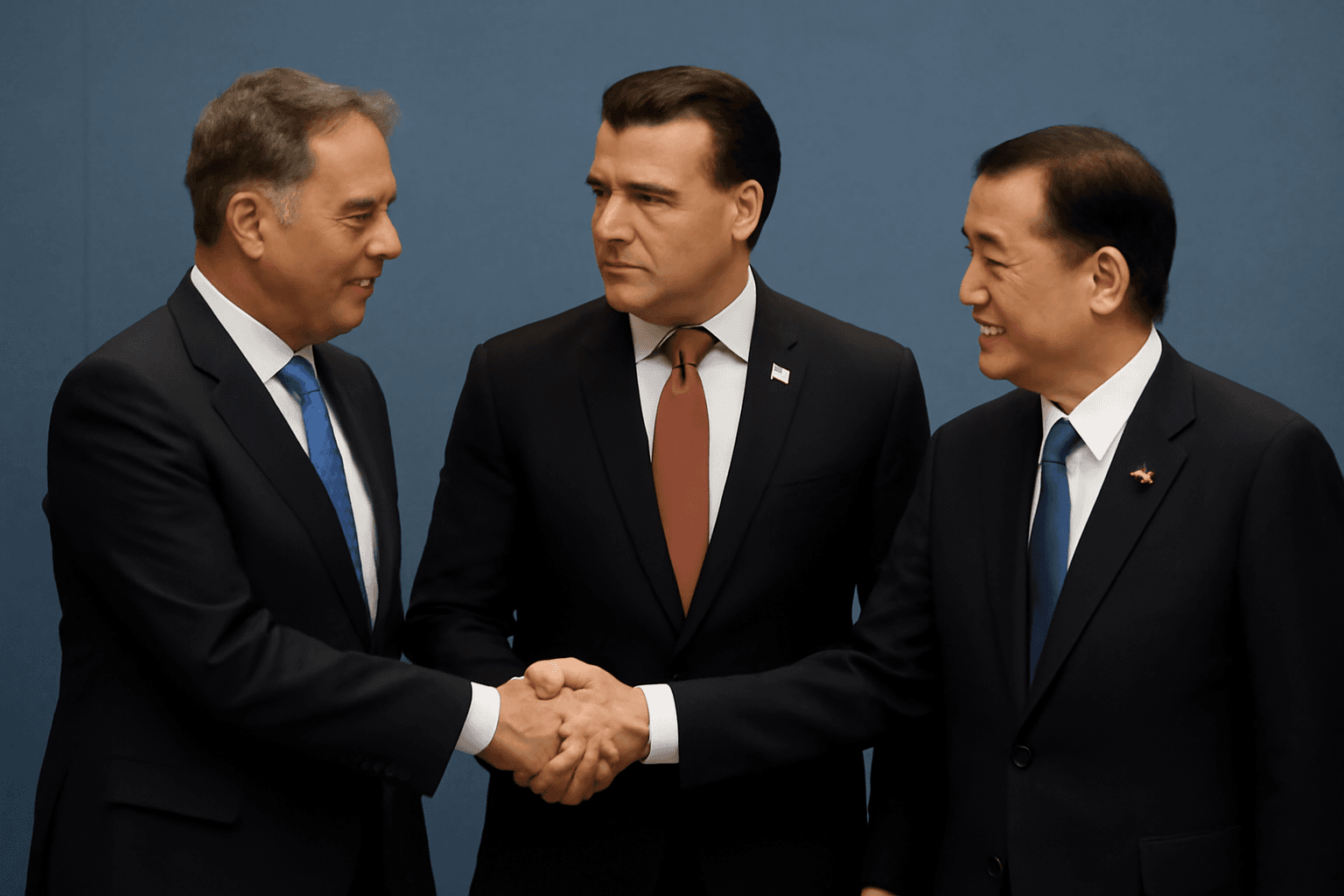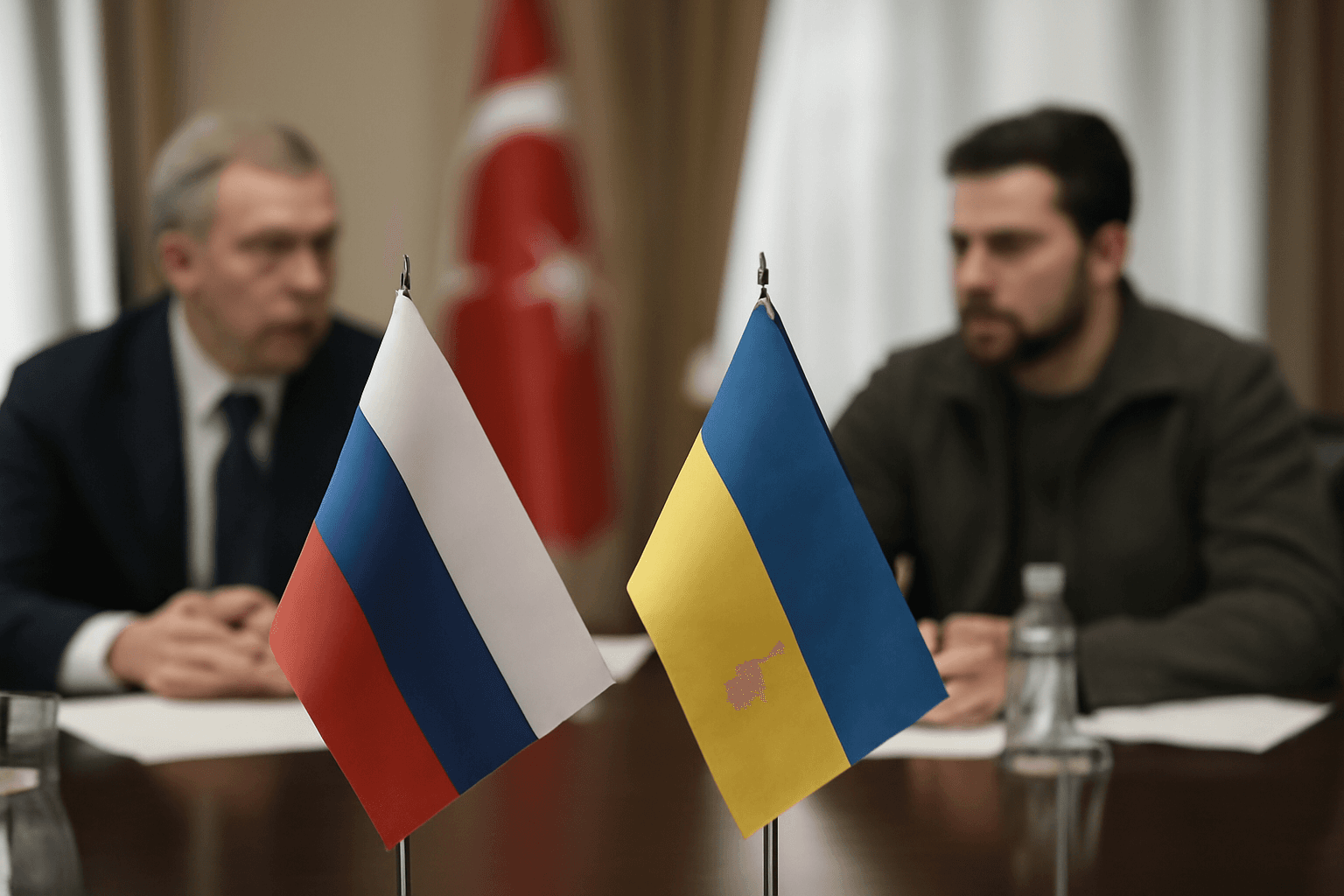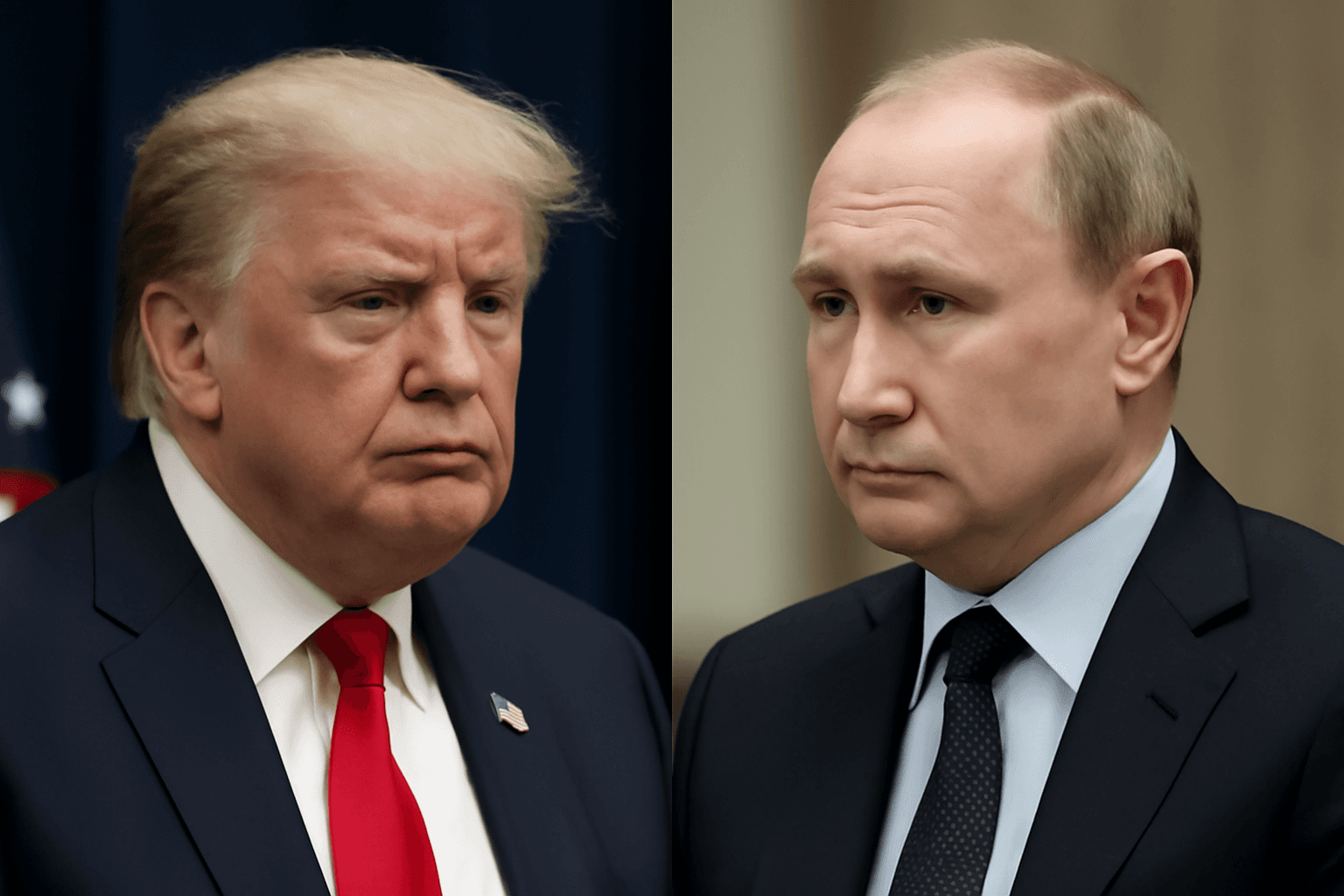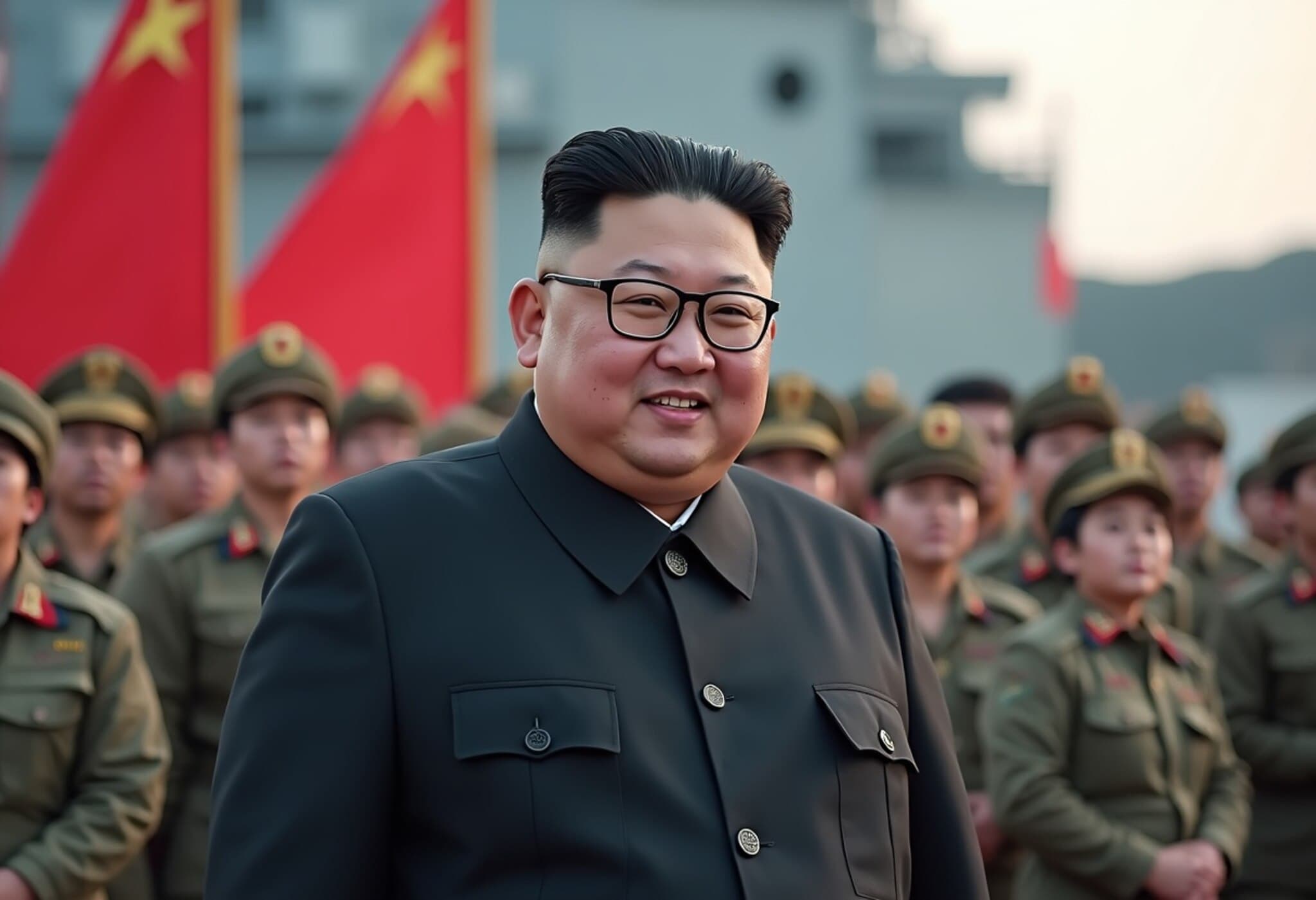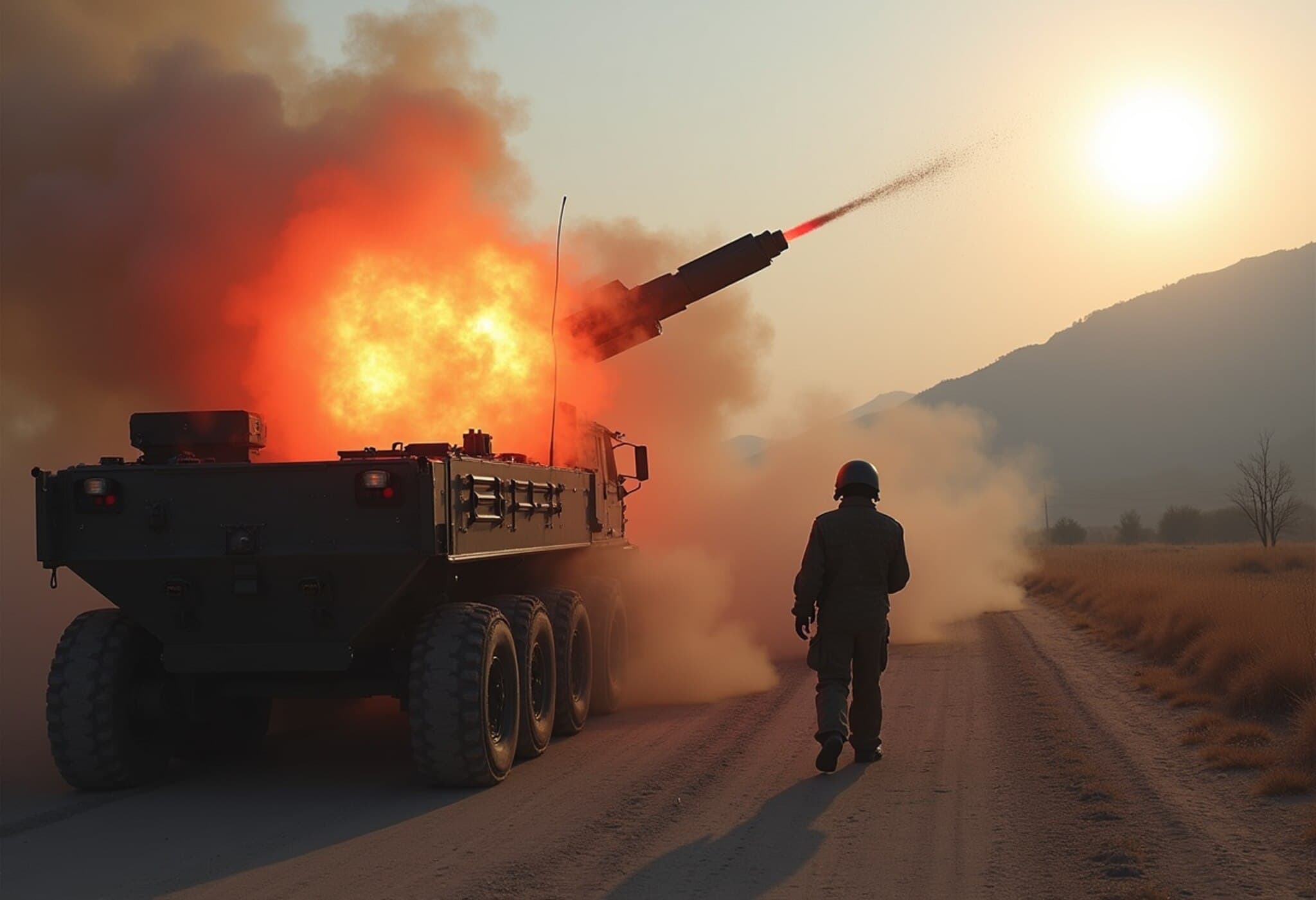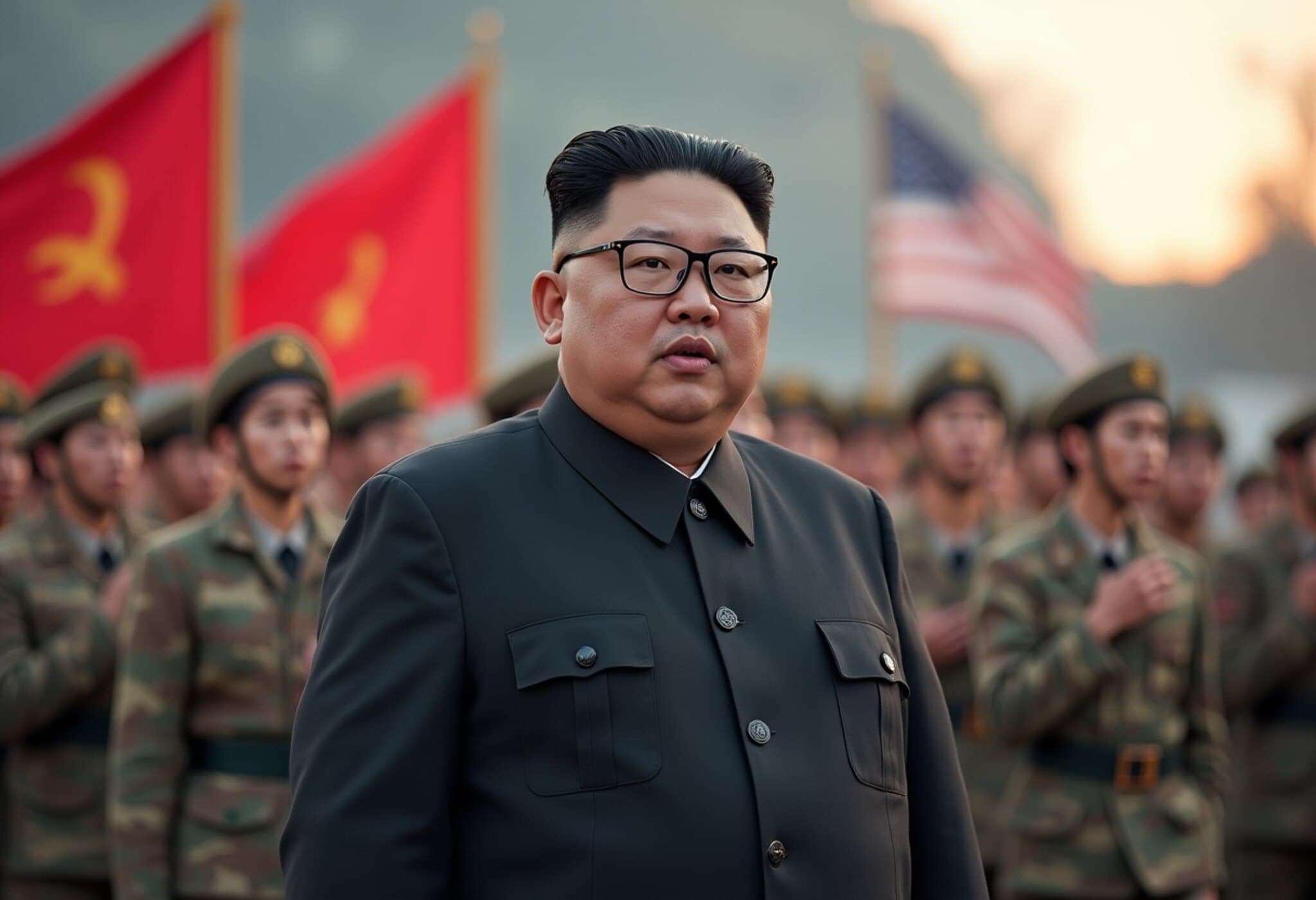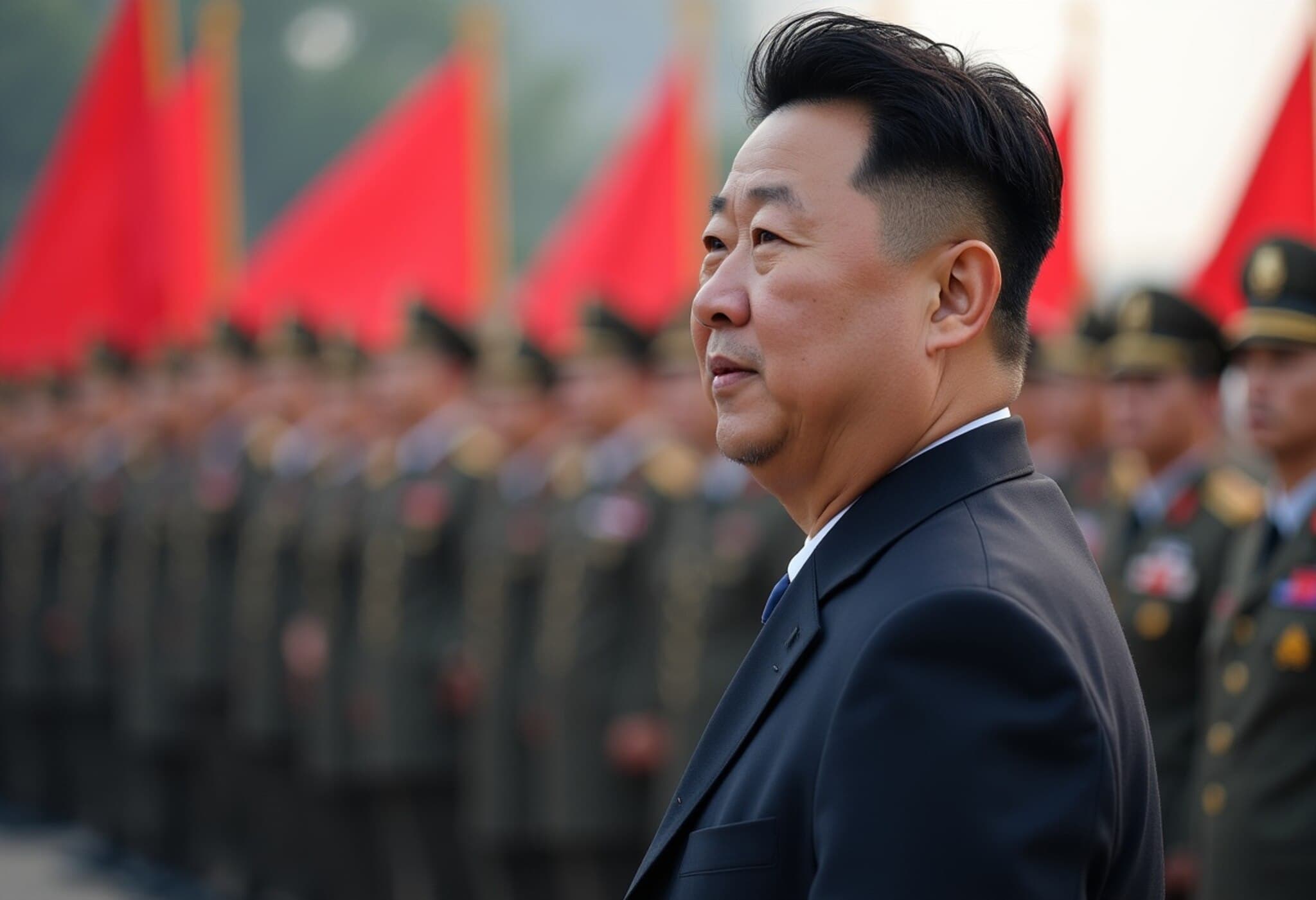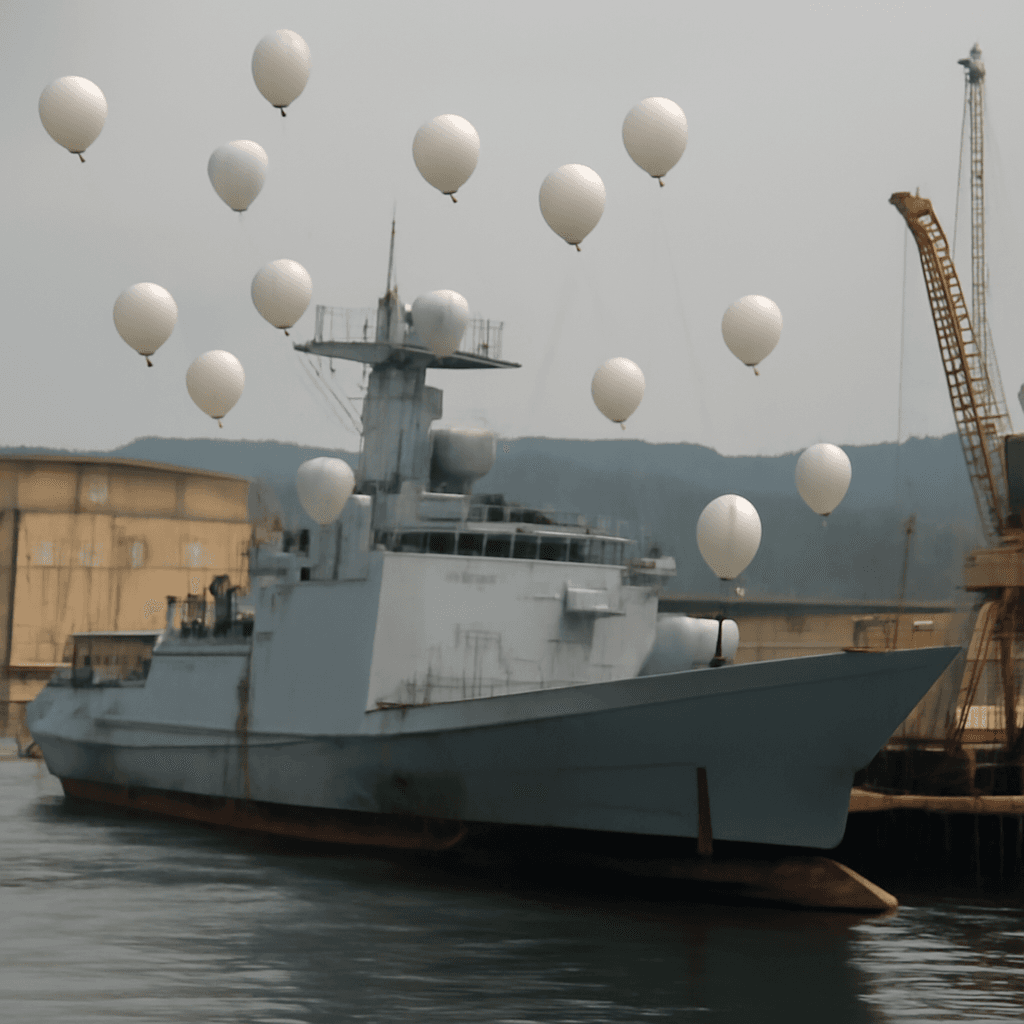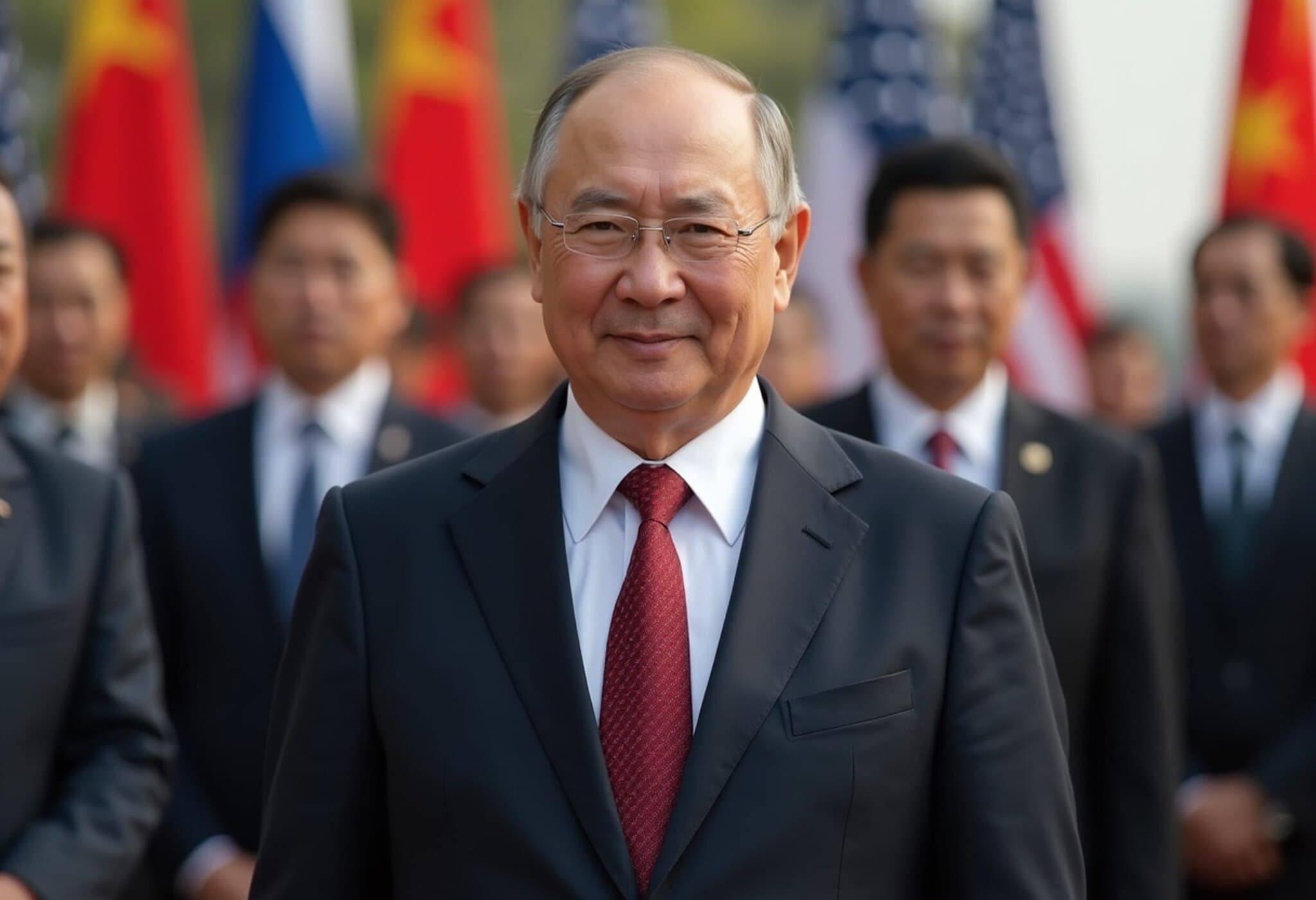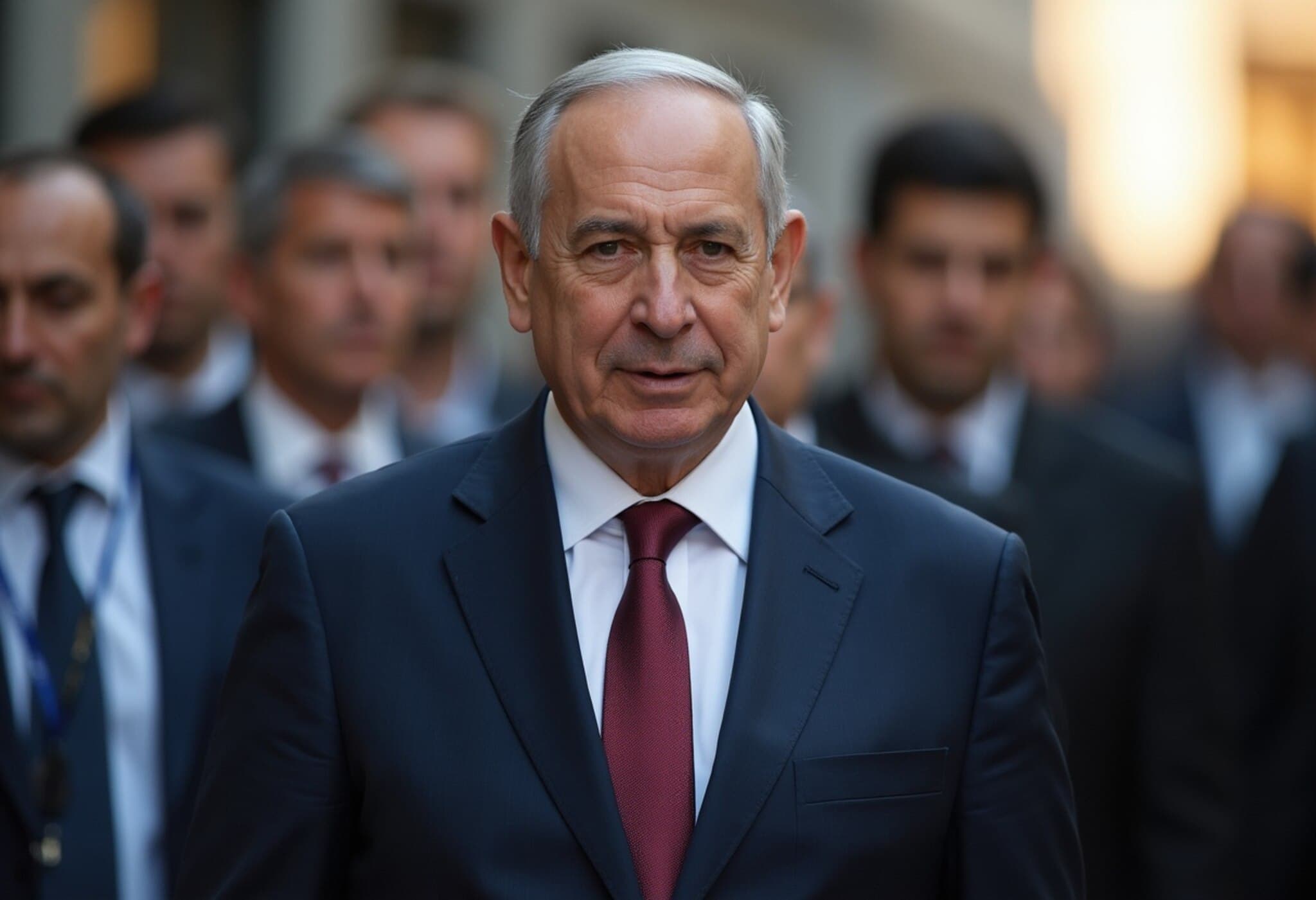North Korea Tests Advanced Air Defence Missiles
In a clear demonstration of military resolve, North Korean leader Kim Jong Un personally supervised the test-firing of two newly developed air defence missiles over the weekend, state media confirmed on Sunday. This development unfolds amid escalating border tensions after a rare incursion by North Korean troops into South Korean territory earlier this week.
Details of the Missile Tests
The Korean Central News Agency (KCNA) reported the launches executed on Saturday, highlighting the missiles’ "improved" capabilities and "superior combat efficiency." Although the report was sparse on technical specifications or the test location, it emphasized the use of "unique and special technology" underlying their operation and reaction modes. KCNA also claimed these missiles are well-suited to neutralize a range of aerial threats, signaling a potential upgrade in Pyongyang's air defence systems.
Furthermore, Kim Jong Un reportedly tasked the defence science sector with advancing key military technological projects ahead of an upcoming significant party meeting, underscoring the strategic priority placed on military innovation.
Rising Border Tensions Highlight Regional Instability
The missile tests come in the wake of heightened tension along the heavily fortified inter-Korean border. On Tuesday, approximately 30 North Korean soldiers briefly crossed into South Korean territory, prompting a swift response with warning gunfire from Seoul’s forces, as reported by the United Nations Command and South Korea’s Yonhap news agency.
Pyongyang condemned the incident as a "premeditated and deliberate provocation," with Army Lieutenant General Ko Jong Chol warning of the risk of the situation spiraling into an uncontrollable military confrontation. This episode underscores the fragility of peace on the Korean Peninsula despite diplomatic overtures.
Diplomatic Implications and US-South Korea Military Drills
South Korea’s recently inaugurated President, Lee Jae Myung, has advocated for nurturing military trust and improving bilateral relations with North Korea. However, Pyongyang remains intransigent, explicitly rejecting any overtures aimed at reconciliation or easing tensions.
Complicating matters, the missile tests coincided with large-scale joint military exercises conducted by South Korea and the United States. Pyongyang consistently decries these drills as rehearsals for invasion, fueling further animosity and paranoia.
Expert Insights: What This Means for Regional Security
From an American policy perspective, these latest developments emphasize the persistent volatility of the Korean Peninsula and the challenges faced by the Biden administration in balancing deterrence with diplomatic engagement. North Korea’s advancement in missile technology, alongside provocative military maneuvers, serves as a strategic signal aimed at both Seoul and Washington.
The continued advancement despite stringent international sanctions raises critical questions about the effectiveness of current enforcement mechanisms and the role of regional players, particularly China and Russia, in either facilitating or constraining Pyongyang’s military ambitions.
Additionally, the incident spotlights the urgent need for transparent communication channels to prevent inadvertent escalation in a highly militarized zone teetering on the edge of conflict.
Looking Ahead: Key Questions for Policymakers and Analysts
- How will North Korea’s new missile capabilities affect the strategic balance in Northeast Asia?
- Can South Korea and the United States adjust their military exercises to reduce tension without compromising deterrence?
- What diplomatic avenues remain viable to de-escalate border incidents and promote sustainable peace?
Editor’s Note
This episode is a stark reminder that despite decades of intermittent dialogue and diplomacy, the Korean Peninsula remains one of the world's most volatile flashpoints. North Korea’s accelerated missile development paired with recent border provocations challenges international stability and tests the resilience of U.S.-South Korea alliance strategies.
As the global community watches closely, it becomes imperative to critically assess both the deterrent and diplomatic tools necessary to navigate this complex security dilemma. The intersecting pressures of military readiness, economic sanctions, and geopolitical calculations all converge in this uneasy region, pressing stakeholders to act with prudence and strategic foresight.

